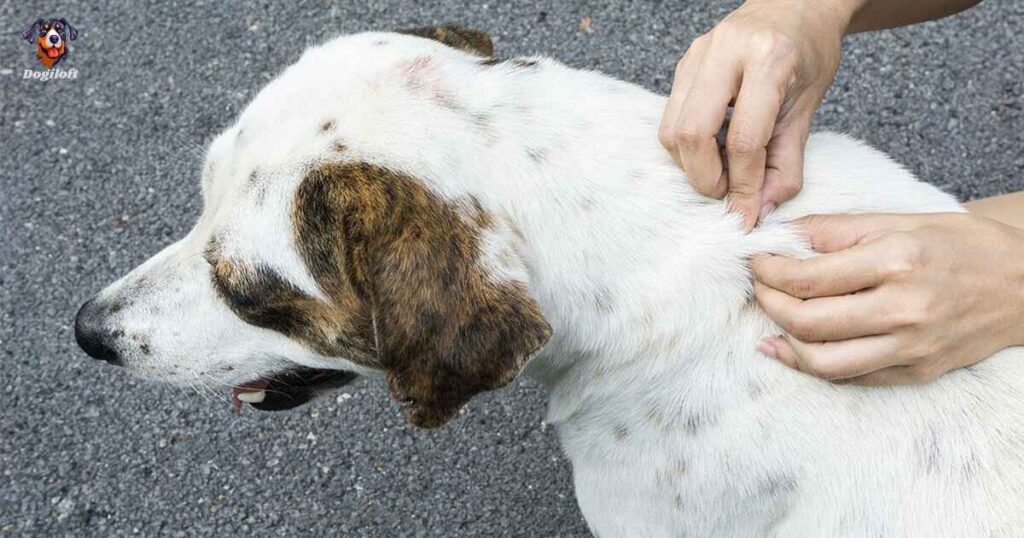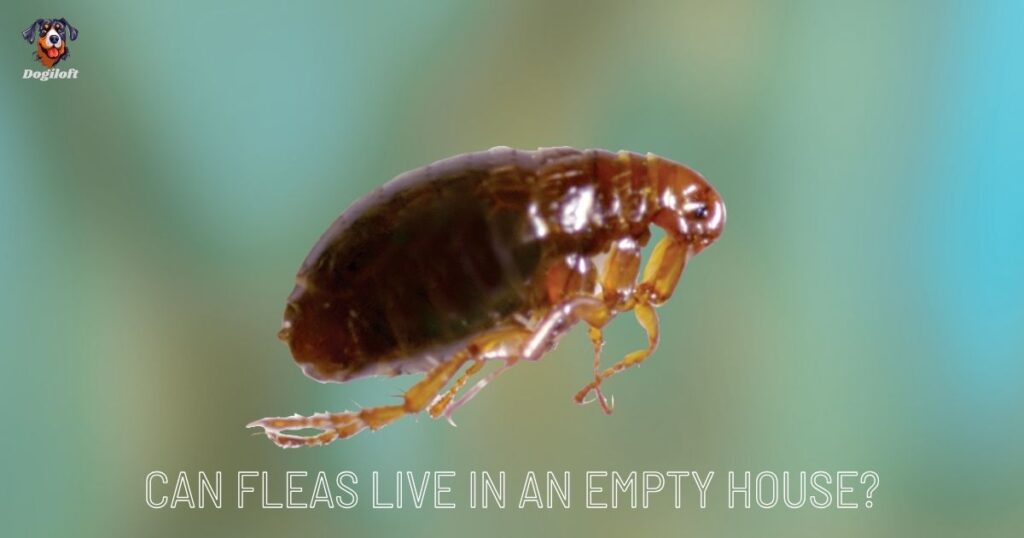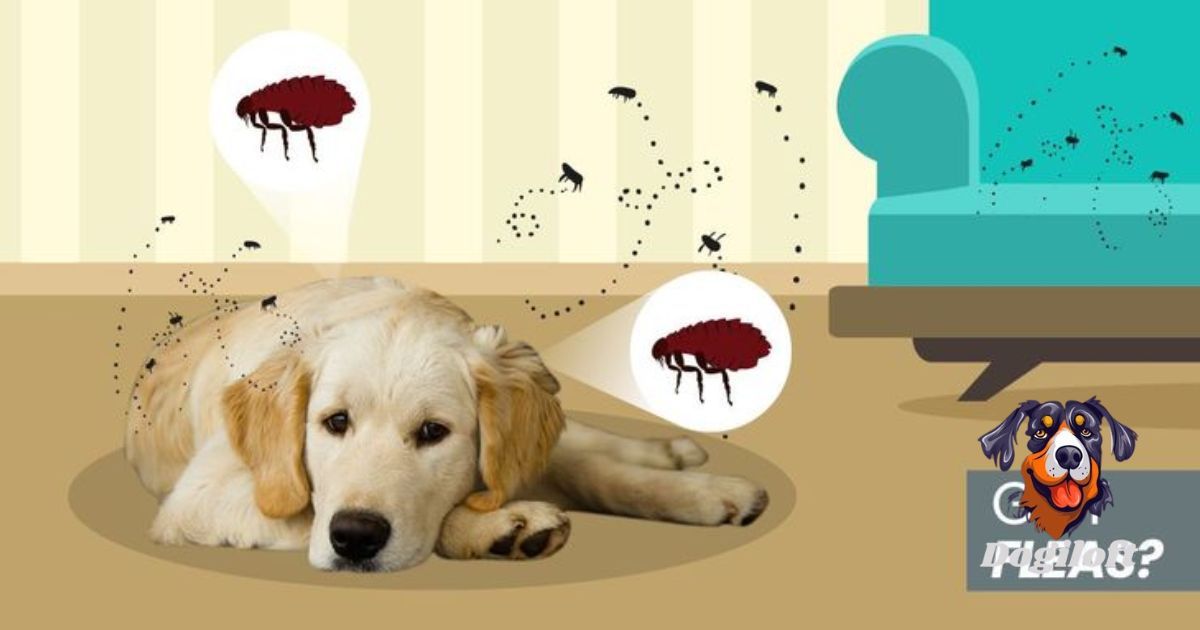If you’re a pet owner, you know that the mere mention of fleas can send shivers down your spine. These tiny pests can wreak havoc on your furry friends and your home, leading to endless scratching and discomfort. But have you ever wondered, how long can fleas live without a host dog? This question is crucial for anyone dealing with a flea infestation, as understanding their survival tactics can help you effectively combat these unwelcome guests.
In this guide, we will delve into the fascinating yet alarming world of fleas, exploring their life cycle and survival strategies. You’ll discover that while adult fleas need a host to thrive, they have remarkable survival abilities that can complicate eradication efforts. From the moment they detach from their host to the conditions that affect their longevity, we’ll cover everything you need to know to reclaim your home from these resilient pests.
Stay tuned as we provide you with essential insights and practical tips to manage flea populations effectively. Whether you’re currently battling an infestation or simply want to be prepared for the future, this guide is designed to equip you with the knowledge necessary to keep your pets and home flea-free.
Can fleas survive in a house without a dog?
Fleas are notorious for their ability to thrive in various environments, and they can indeed survive in a house without a dog. While adult fleas typically require a blood meal to live, they can go without a host for several days to two weeks. During this time, they can lay eggs that may lead to a more significant infestation later. This means that even if you don’t have pets, fleas can still find a way into your home and establish themselves.
Without a dog or any other host, fleas will seek out alternative food sources. They are attracted to warmth and carbon dioxide, which means they can bite humans as well. Fleas often hide in carpets, upholstery, and other soft furnishings, laying eggs that can hatch and perpetuate the cycle. Therefore, it’s crucial to maintain cleanliness and regularly check for signs of fleas, even in pet-free homes.
How long do fleas live when not on a dog?

Fleas are resilient pests, and understanding their survival without a host dog is essential for effective pest control. When not on a dog, fleas can survive for a limited time, typically ranging from a few days to about two weeks. Under optimal conditions, some may endure up to three weeks without feeding. While many pet owners are curious about topics like What Colors Do Dogs See? it’s equally important to know that adult fleas require a blood meal to thrive and reproduce, making their survival heavily dependent on the availability of a host.
In the absence of a dog, fleas will seek out alternative sources of blood. While they prefer animals like dogs and cats, they can also bite humans if necessary. This adaptability allows them to persist in environments where pets are not present. It’s crucial to maintain cleanliness in your home to prevent fleas from establishing themselves through eggs and larvae that may hatch later, leading to further infestations.
The Life Cycle of a Flea
Fleas undergo a complete metamorphosis, progressing through four distinct stages: egg, larvae, pupa, and adult. The duration of each stage can vary significantly based on environmental conditions such as temperature and humidity. Typically, the entire life cycle can take anywhere from 14 days to several months to complete.
Stage 1: Egg
The life cycle begins when a female flea lays eggs after feeding on a host. A single female can produce up to 50 eggs at a time, which are often laid on the host but quickly fall into the surrounding environment. These eggs are oval-shaped and usually hatch within 1 to 12 days, depending on the conditions.
Stage 2: Larvae
Once hatched, flea larvae emerge without legs or eyes and begin to feed on organic debris, including flea feces, dead skin, and other detritus found in carpets or bedding. This larval stage lasts about 4 to 18 days, during which they grow and prepare for the next stage by spinning silk cocoons.
Stage 3: Pupa
In the pupal stage, fleas are encased in a protective cocoon that can remain dormant for an extended period—ranging from a few days to over a year—until conditions are favorable for emergence. This stage is crucial as it allows fleas to survive adverse conditions while waiting for a potential host.
Stage 4: Adult
Finally, adult fleas emerge from their cocoons and immediately seek out a host to feed on. They require blood meals to reproduce and will begin laying eggs within 48 hours of their first meal. Adult fleas can live several weeks to months if they have access to a host, making it essential to address infestations promptly to break this cycle.
Can fleas live in an empty house?

How Do I Know If My Dog Has Fleas? Fleas can indeed survive in an empty house, even when there are no pets present. Adult fleas are remarkably resilient and can live for months without feeding. They often remain in their pupal cocoons until they detect a potential host through vibrations, warmth, or carbon dioxide. This means that if a house is vacant, fleas can wait for the right conditions to emerge and find a new host to feed on, which could be humans or other animals that enter the home later.
The presence of fleas in an empty house is often linked to previous occupants who may have had pets. Flea eggs and larvae can remain dormant in carpets, upholstery, and other areas until conditions become favorable for their development. Additionally, wild animals such as raccoons or squirrels may also introduce fleas into a home, further complicating the situation. Therefore, even in a seemingly uninhabited space, it is crucial to inspect and treat for fleas to prevent potential infestations when the house is occupied again.
How Do Fleas Reproduce?
Fleas reproduce rapidly, making them a significant pest problem for pet owners. After a female flea takes a blood meal, she can start laying eggs within 24 to 48 hours. A single female can produce up to 50 eggs per day, totaling around 500 eggs in her lifetime. These eggs are typically laid on the host but fall off into the environment, such as carpets or bedding, where they can hatch in about 12 days under ideal conditions. This reproductive strategy allows fleas to spread quickly and establish infestations.
Once the eggs hatch, they develop into larvae that feed on organic debris and flea droppings. After a week or two, the larvae spin cocoons and enter the pupal stage. Adult fleas emerge from these cocoons when they sense a potential host nearby. This cycle of reproduction and development is why understanding how fleas reproduce is crucial for effective pest control and prevention.
How Do Fleas Find Hosts?
Fleas have developed several effective strategies to locate their hosts. They primarily rely on sensing vibrations, heat, and carbon dioxide emitted by potential hosts. When a person or animal moves nearby, the vibrations signal that a host is present. This triggers the fleas to emerge from their cocoons, where they may have been resting for weeks or even months. Their acute ability to detect these cues allows them to find a host quickly, ensuring they can feed and reproduce.
Once near a host, fleas use their powerful legs to jump onto the fur or skin of animals or humans. They are attracted to warm areas of the body, such as the neck and behind the ears. Fleas can also detect body odors, which helps them identify suitable hosts. Understanding how fleas find hosts is essential for effective pest control, as it highlights the importance of addressing environmental factors that attract these pests into our homes.
Frequently Asked Questions
how long does a flea live on a human?
A flea can live on a human for about 7-10 days, feeding on blood. However, humans are not their preferred hosts, so they may not thrive.
Conclusion
Fleas can live on humans for only a short time, typically a few days. While they may bite and feed on human blood, they do not thrive as they do on their preferred hosts like dogs or cats. Adult fleas need a blood meal to reproduce, and without access to a suitable host, their lifespan significantly decreases. This limited survival time makes fleas less of a threat to humans compared to pets.
Generally, fleas prefer to jump onto animals rather than stay on humans. They are attracted to the warmth and movement of pets, which makes them more likely to seek out these hosts. Although fleas can bite humans, they quickly look for better options nearby. Understanding how long does a flea live on a human helps highlight the importance of addressing flea infestations in pets to prevent them from transferring to people.








